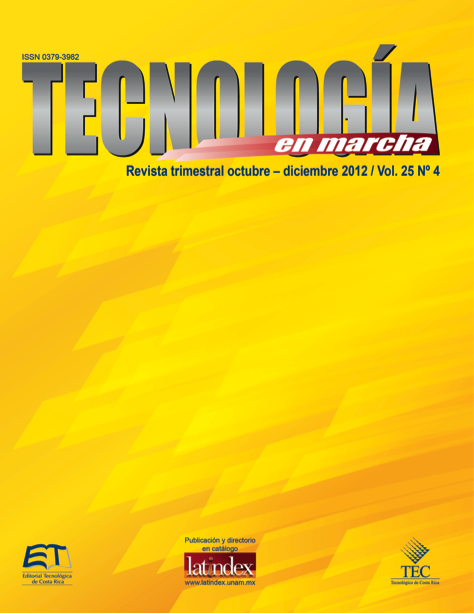Bank filtration drinking water treatment in a costal lagoon in south Brazil
Main Article Content
Abstract
Bank filtration (BF) consists in obtaining drinking water from wells in alluvial aquifers or other unconsolidated deposits hydraulically connected with a surface water source. The possibility of applying this technique was evaluated in a pilot scale on the banks of the Lagoa do Peri lagoon, Brazil.
Observation and grain size analysis showed that the bottom of the lagoon and the adjacent aquifer have sandy texture. In addition, tests of constant head permeameter, standpipe falling head and a pumping test, showed that the hydraulic conductivity in the same areas is close to 10-4 m / s, same magnitude found in other places where the BF is applied successful.
The water from a well at 20 meters from the Lagoa do Peri showed levels of turbidity and apparent color according to the local quality standards. It was observed an increase in hardness and alkalinity, attributed to erosion of subsurface materials, without actually exceed the provisions of the legislation.
Finally, the water produced by BF was found to be of better quality in terms of turbidity and apparent color than the lagoon water treated by direct filtration in a waterworks located on the site. The water produced by BF showed anoxic conditions that would require the post treatment by aeration and filtration, to do that, the existing infrastructure of the waterworks would be useful.
Article Details
Los autores conservan los derechos de autor y ceden a la revista el derecho de la primera publicación y pueda editarlo, reproducirlo, distribuirlo, exhibirlo y comunicarlo en el país y en el extranjero mediante medios impresos y electrónicos. Asimismo, asumen el compromiso sobre cualquier litigio o reclamación relacionada con derechos de propiedad intelectual, exonerando de responsabilidad a la Editorial Tecnológica de Costa Rica. Además, se establece que los autores pueden realizar otros acuerdos contractuales independientes y adicionales para la distribución no exclusiva de la versión del artículo publicado en esta revista (p. ej., incluirlo en un repositorio institucional o publicarlo en un libro) siempre que indiquen claramente que el trabajo se publicó por primera vez en esta revista.

